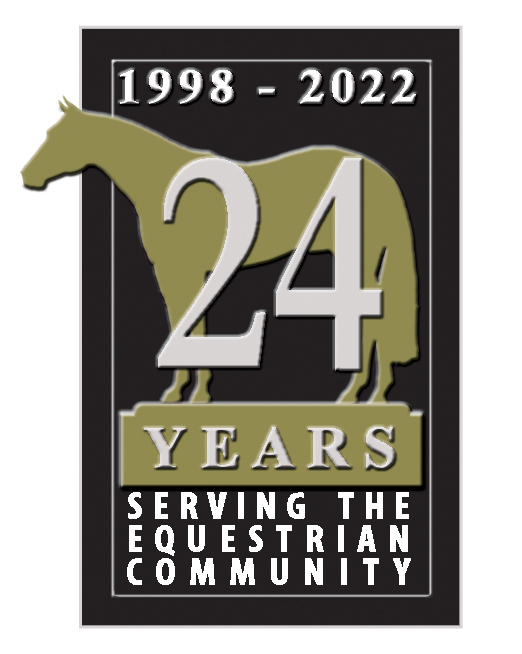
Alfalfa * Timothy * Bermuda
Since 1989, Hay USA has offered premium California Alfalfa, Bermuda, 1st and 2ed cut Oregon Timothy and more! There’s no need to hunt hay. Just come to Hay USA!
- ☎️ 817-599-0200
- Visit Our Website



There are many types of Bermuda grasses. All of them originated in Africa with Giant Bermuda being high on the feeding scale in regards to digestibility.
How to recognize Bermuda hay – Giant Bermuda blades are grey-green in color. The erect stems can grow 10 to 35 inches tall. The stems are slightly flat, often tinged purple in color. The seed heads are produces in a cluster of 3-7 spikes (rarely 2) together at the top of the stem, each spike 2 inches long. It has a deep root system. In winter the grass becomes dormant and turns brown. Growth promotes by full sun & retarded by full shade.
Coastal Bermuda can cause impaction. Coastal hay is excellent pasture feed. It has a tendency to be ropy if baled mature and this can cause impaction. Consider it empty calories if not cut young and fertilized properly.
The Cuttings and Harvesting:
Giant Bermuda Hay is nutritious when cut and baled for horses with proper management and fertilizer program. Giant Bermuda is usually cut and bale for horses on a consistent monthly cycle. A swather cuts the grass and arranges it in windrows. After the grass has dried, a tractor pulling a baler collects the hay into bales. In most climates, Bermuda cuts three to four times a year but harvests up to 6 to 8 times in Southern California. Yields vary with region, weather, and the crop’s stage of maturity and fertilizer management.
Bale sizes: There are several types of bales commonly uses for Bermuda hay. For small animals and individual horses, the Bermuda is small “square” bales — actually rectangular, and typically about 14 in x 18 in x 38 in. Small square bales weigh from 50 – 70 pounds and can be easily hand separate into “flakes.” Cattle ranches use large round bales, typically 4 to 6 feet in diameter and weighing from 1000 to 2000 lb.

